The third attack of the Dien Bien Phu Campaign began from May 1, 1954 to May 7, 1954.
The mission of this phase was to capture the remaining high points in the East, focusing on capturing Hill A1, destroying a number of strongholds in the West, destroying a part of the enemy's strength, further developing the offensive and siege positions, utilizing all firepower to bombard the enemy's central area, threatening their remaining airspace, and preparing to switch to a general attack.
On the enemy side: On May 1, 1954, enemy aircraft began using a new type of American bomb (Hail Leaflet) containing thousands of very small and sharp arrows, intended to cause mass casualties. This type of bomb was not dangerous to people in fortifications or trenches and was difficult to use in battles where our troops and the enemy were almost mixed together. Langlais and Bigeard adjusted and strengthened the defense organization in the central area.

French soldiers built a dense system of trenches to defend the strongholds in Dien Bien Phu. Photo: Getty Images
The best units and most trusted commanders remaining in the stronghold were sent to the Elian resistance center. Here they deployed the 2nd Battalion of the 1st Colonial Parachute Regiment, the 6th Assault Parachute Battalion, the 5th Puppet Parachute Battalion, the 1st Battalion of the 13th Foreign Legion Semi-Brigade, along with two independent companies, an engineer unit, and some Algerian and Thai soldiers. However, these units suffered heavy losses and their formations were patchy.
On our side: At 5:00 p.m. on May 1, 1954, all our artillery calibers suddenly fired into many areas of the stronghold. This time the enemy artillery cluster in Hong Cum was restrained and paralyzed. An ammunition depot with 3,000 enemy reserve ammunitions exploded. Food and provisions were set on fire. The artillery barrage lasted nearly an hour. After the artillery fire stopped, units simultaneously attacked many positions.

Diagram of the battle at C1 stronghold. Photo: VNA
In the East, the 98th Regiment attacked the C1 stronghold for the second time. The enemy still had its command post on C2 and sensed that the C1 battle was about to break out. On May 1, the enemy decided to send the 3rd Company of the 2nd Fighter Airborne Battalion to replace the depleted Clédic Company, and at the same time ordered the 1st Company to be ready to participate in the counterattack.
Our 811th Company had spent 20 days and nights defending C1, and was ordered to leave the battlefield 200m for artillery preparation. Company Commander Le Van Dy saw that the fortifications had been firmly reinforced, strong enough to withstand artillery fire, and believed in the accuracy of our artillery, so he decided to only let the reserve unit retreat to the rear, while the entire unit remained on the battlefield so as not to miss the opportunity to charge.

Our troops charged to capture the enemy's last bunker at base C1. Photo: VNA
The high points we captured in the Eastern region were effective. The mountain artillery placed on D1 hill aimed at each firing point on C1 and fired very accurately. As soon as the artillery stopped, comrade Dy immediately ordered the fences separating us and the enemy to be opened, and troops rushed towards the Flagpole. Our artillery and grenades covered the enemy's position, and submachine guns fired continuously. Soldier Thang, holding the flag, rushed 10 meters from the target and was hit by a bullet and died. Soldier An took a blanket to cover his comrade, picked up the blood-soaked flag, riddled with bullet holes, and continued to advance to the highest promontory on the hilltop. The entire spearhead squad followed him. After only 5 minutes, we captured the Flagpole. The newly replaced 3rd Airborne Fighter Company was stunned by the lightning-fast and fierce attack. The paratroopers fired heavily into the Flagpole area. Our 1480th Company from below arrived in time, together with 811th Company, forming two attack prongs to divide the enemy and destroy them.
Hand-to-hand fighting ensued. Lieutenant Leguère, commanding the 3rd Company, tried to resist, waiting for reinforcements. The enemy decided to send the 1st Company as reinforcements. But it was too late. Lieutenant Périou, commanding the company, died as soon as he set foot on the hill. A short while later, Lieutenant Leguère, commanding the 3rd Company, was seriously wounded. The enemy at C1 gradually lost their fighting power. Some covered themselves with tarps and pretended to be dead, waiting for the gunfire to quiet down before surrendering. At midnight, the entire enemy force was annihilated. Barbed wire and mines taken from the enemy's positions were immediately spread on the hillside to form a dense obstacle course, to prevent the enemy from counterattacking.
After more than 30 days and nights of continuous fighting, the battle at C1 had now ended. C2 was under the barrel of our recoilless rifles. It was dawn, but there was no sign of enemy counterattacks. Only the four-barreled heavy machine guns at De Castries's Command Post were pouring fire towards our position on the hilltop as if to stop an attack.
On the east side of the Nam Rom River, Battalion 166 and Battalion 154 of the 209th Regiment attacked the strongholds 505 and 505A. A company of the 6th Airborne Legion Battalion and the Algerian and Thai soldiers there, commanded by Battalion Commander Chenel, resisted fiercely. We and the enemy fought for each gun emplacement and each trench. At 2:00 a.m. on May 2, the 209th Regiment completely destroyed these two strongholds, ending the existence of the Dominique resistance center.

Our troops captured French prisoners of war while attacking the enemy base in Dien Bien Phu. Photo: VNA
On the western field, the battle to destroy the 88th Regiment's stronghold 811A took place very quickly. The encroachment tactic continued to be promoted. With trenches dug through the stronghold's fence, our troops suddenly organized a charge. The entire African European Company, which had just arrived to replace the troops to strengthen the defense of this stronghold, was completely destroyed in less than 80 minutes.
Thus, on the first night of the third attack, the enemy lost 4 more strongholds: C1, 505, 505A in the East and 311A in the West. At Hong Cum, the siege and encroachment of area C by Regiment 57 consumed a lot of enemy troops, so on the morning of May 2, the enemy had to retreat from here.
The deep trenches of our troops in the western field were aimed straight at the De Castries Command Headquarters. The stronghold was forced into the last “square”.
THANH VINH/qdnd.vn
Source


![[Photo] Students of Binh Minh Primary School enjoy the full moon festival, receiving the joys of childhood](https://vphoto.vietnam.vn/thumb/1200x675/vietnam/resource/IMAGE/2025/10/3/8cf8abef22fe4471be400a818912cb85)


![[Photo] Prime Minister Pham Minh Chinh chairs meeting to deploy overcoming consequences of storm No. 10](https://vphoto.vietnam.vn/thumb/1200x675/vietnam/resource/IMAGE/2025/10/3/544f420dcc844463898fcbef46247d16)


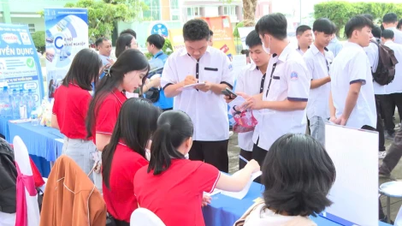



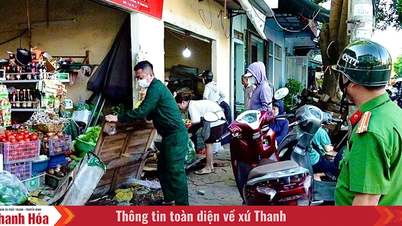


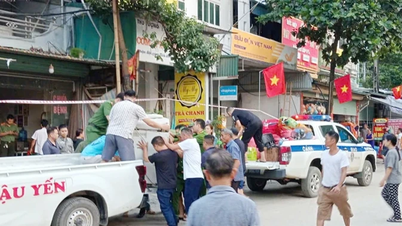
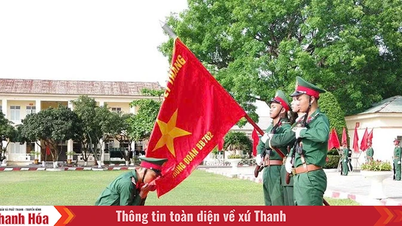
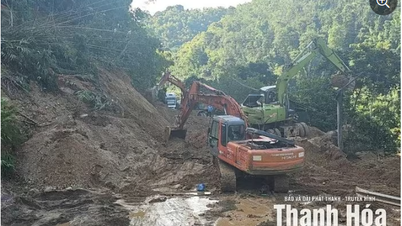

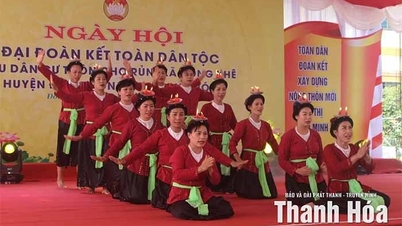

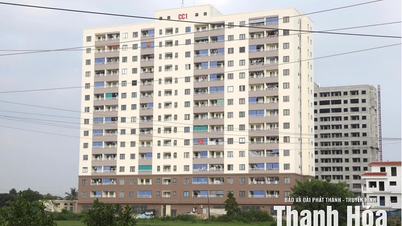
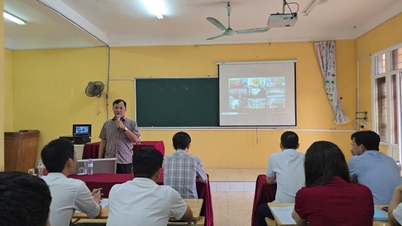
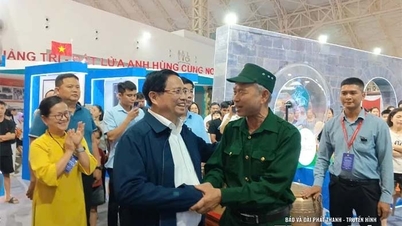






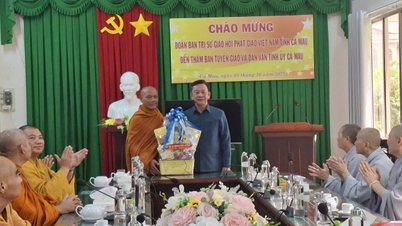
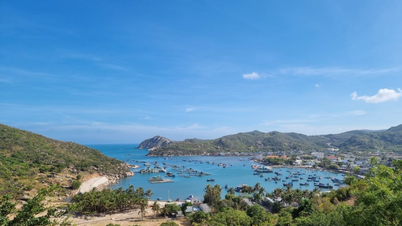
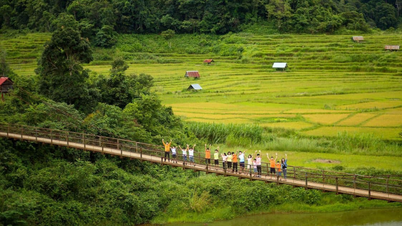






















































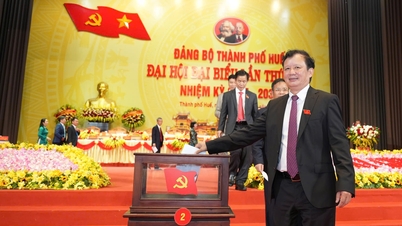






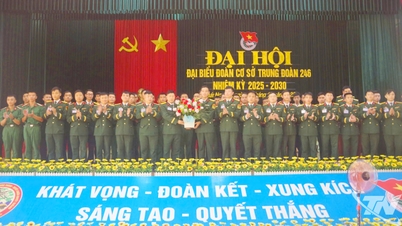













Comment (0)